
Introduction
We are starting a series of articles called "Easy to Understand! Embedded Fonts" that will explain the basic knowledge and terminology of embedded fonts.
This time, we have explained about fonts in general, such as font types and full-width/half-width, as well as summarized the points to consider when considering embedded fonts.
What is a font?
Originally, the term referred to a set of Roman typefaces of the same size and design, but since typeface information began to be digitized, the term "font" has come to refer to a set of characters with a common design that can be used for typesetting.

A word that is often used as a synonym is "font."
Originally, a "typeface" was a collection of characters with a common look. Japanese typefaces, such as "Ryumin" and "Shin Go," are created based on a common concept, and can be broadly categorized into "Mincho" and "Gothic."

Western typefaces are broadly classified into "serif" typefaces with varying line thickness, "sans serif" typefaces with uniform thickness, and "script" typefaces that evoke handwriting.

Nowadays, it is common to refer to digitized typefaces used on computers as "fonts."
Font type
There are three types of fonts: "outline fonts," which connect the outlines of characters and turn them into data; "bitmap fonts," which represent characters (character shapes) as a collection of dots; and "stroke fonts," which represent characters by connecting the center coordinates of character shapes with straight lines and curves.
Outline font
[For products like this...]
- I want to display it in various sizes
・I want to display various fonts
・High screen resolution and operating environment specifications
- Large ROM capacity
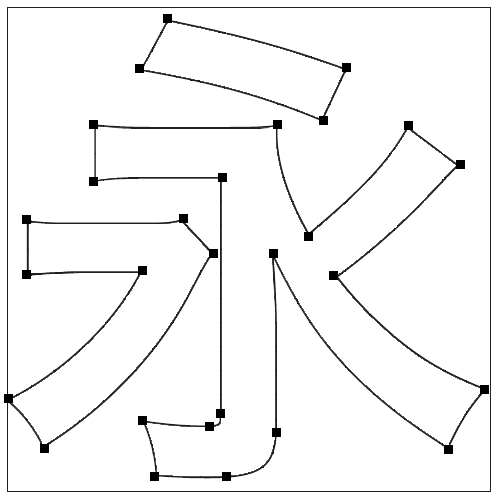
Bitmap fonts
[For products like this...]
- Display only specific sizes
- Small display size (20 dots or less)
・Low screen resolution and operating environment specifications
- Low ROM capacity
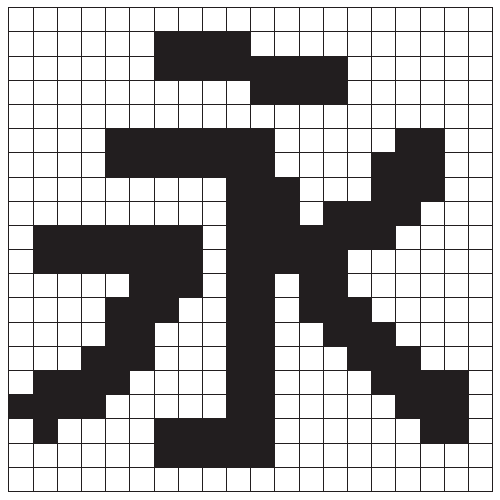
Stroke Font
[For products like this...]
- I want to display it in various sizes
- Display in specific fonts only
・High screen resolution and operating environment specifications
- Low ROM capacity
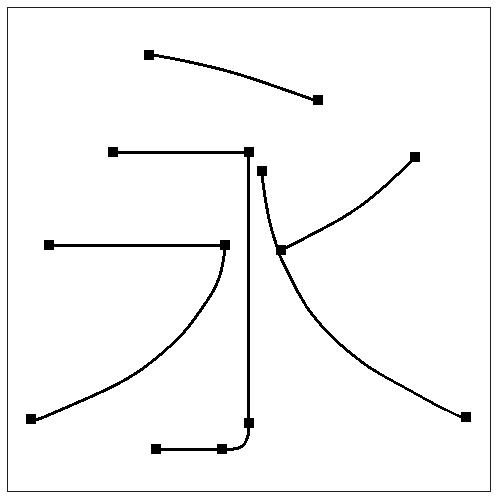
Monospaced and proportional fonts
There are two types of fonts: "monospaced fonts" and "proportional fonts." A monospaced font is a font in which the width of each character is a fixed size and the design is within that area.
If the size is the same, the number of characters that can be displayed per line does not change, so the layout is less likely to be disrupted even if the displayed content changes.
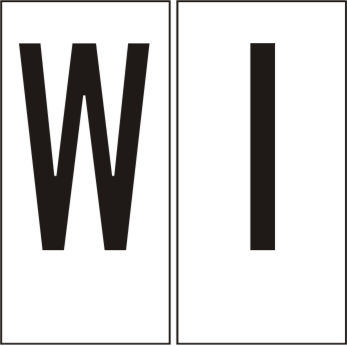
A proportional font is a font in which the width of each character changes depending on the character shape.
Since there is no width restriction, design expression is richer, and the spacing between characters, such as European characters, is consistent, making them easier to read.
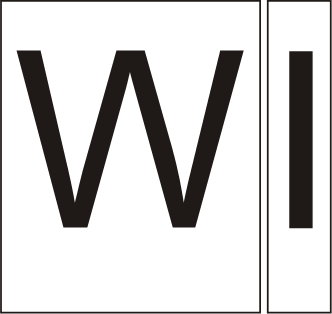
Proportional fonts are common for European languages.

Half-width and full-width characters
Japanese fonts include "full-width characters" and "half-width characters."
Half-width characters are a half-width character set of alphanumeric characters, symbols, and kana that conforms to JISX0201 (established by the Japanese Industrial Standards (formerly the Japanese Industrial Standards)) and are created with half the width of full-width characters.
*Half-width character sets may also be used with proportional fonts.





Japanese font standards
The following are the commonly used Japanese character set standards established by the Japanese Industrial Standards.
・JISX0208: JIS non-kanji, level 1/level 2 kanji
・JISX0213: Adds 3rd and 4th level kanji to JISX0208
The standard Japanese character set provided by Morisawa for embedded use is "Windows31J."
Breakdown: JISX0208, JISX0201, NEC special characters, NEC selected IBM extended characters, IBM extended characters
Regarding fonts to be embedded, please check the following and consider choosing fonts that meet the specifications.
■Product specifications
| Usage form | [Example] Display use or printing use, etc. |
| Usage environment (OS, etc.) | [Example] Windows 10 |
| resolution | [Example] 640x480px |
| Display panel size | [Example] 5 inches |
| Display panel gradation | [Example] Full color, monochrome (2-tone), etc. *Monochrome panels may not be suitable for use with outline fonts. |
| The size you want to display | [Example] 16-24pt, 16 dots, etc. |
■ Font specifications
| The character set (language) you want to use | [Example] Windows31J * Whether or not to add text or customize (modify) |
| The font and number of fonts you want to use | [Example] Ryumin, Shingo, etc. * For bitmap fonts, the size (e.g. 16 dots) |
| How to use | [Example] Embedding into hardware products |
■ Font costs (license fees)
Regarding the cost of fonts, unlike general product sales, we generally only sell the right to use them.
The license fee for the right to use will vary depending on the conditions of use, such as the number of fonts (sizes), character sets (supported languages), installed products, and the number of products sold (planned sales), so we will provide you with an individual quote after hearing the above specifications and the number of products planned for sale (estimated number).
That's all about fonts.
If you have any questions, please contact us directly by email.
Thank you very much.


Contact
Morisawa Corporation Sales Innovation Department salesinnovation@morisawa.co.jp